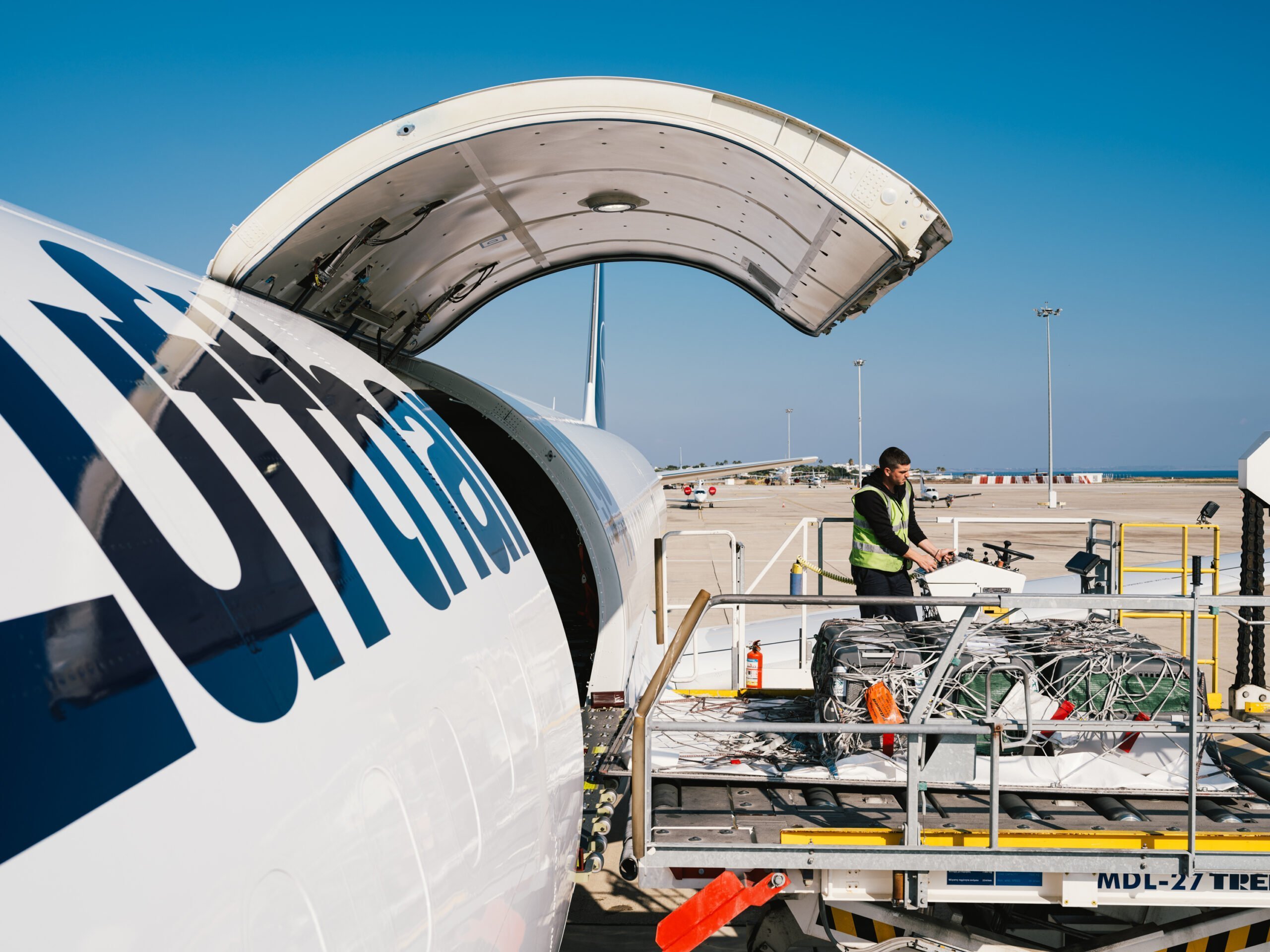Last week, another 15 vultures arrived from Spain as part of the program “LIFE with Vultures” for the rescue of the endangered Griffon Vulture (Gyps fulvus). In total, 44 vultures have been transferred to Cyprus under the said program, and 29 of them have already been released into the Cypriot countryside.
The 15 vultures were transported to a special acclimatization aviary of the Game and Fauna Service in the Limassol district, where they will stay for a minimum of 6 months. Like the previously released vultures, satellite transmitters will be attached to monitor their movements and enable timely intervention if any issues arise.
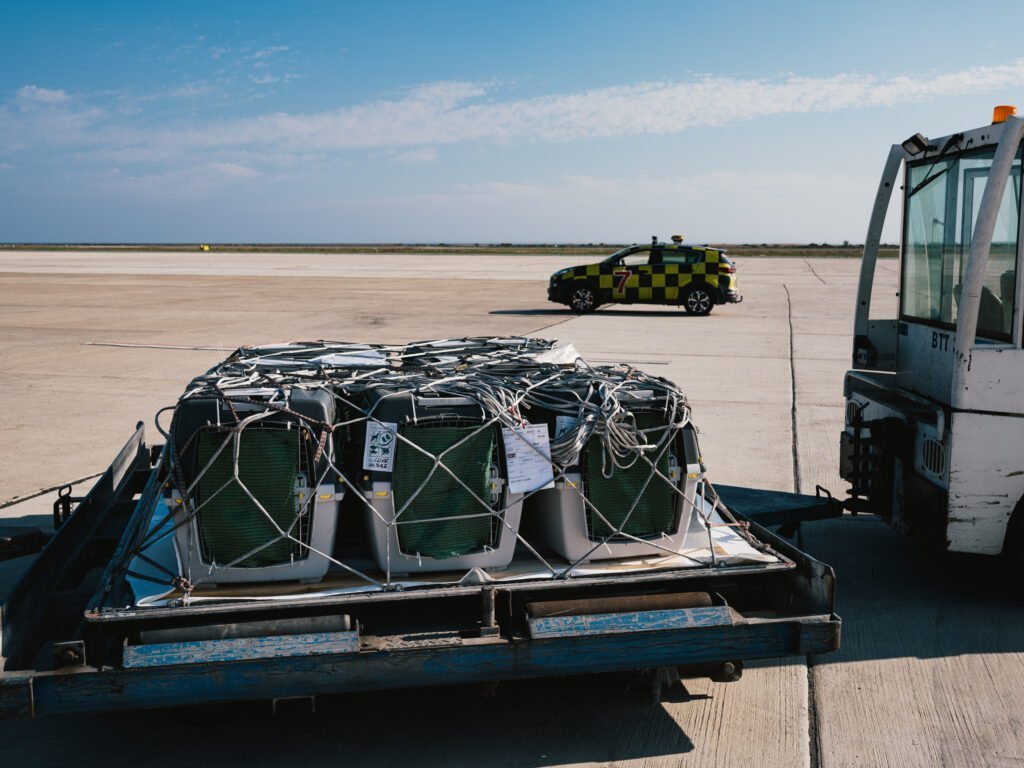
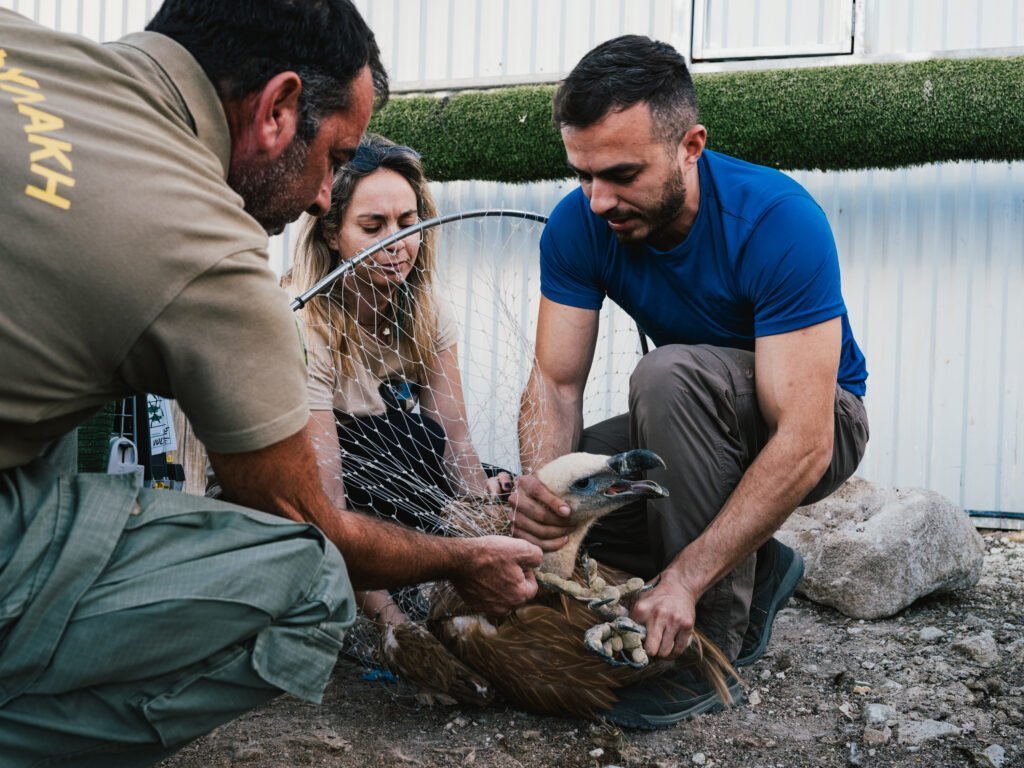
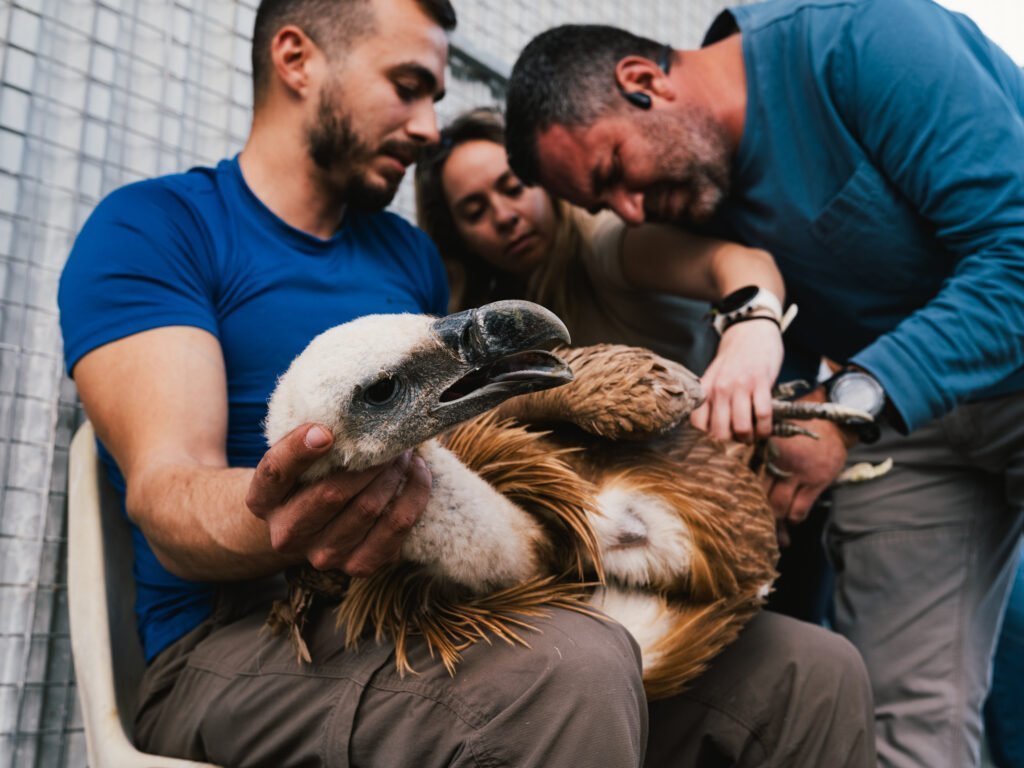
As mentioned earlier, the vultures were imported from Spain, which hosts 90-95% of Europe’s vultures, with the Griffon Vulture population numbering 30,000 pairs. The selected birds for transfer to Cyprus were young vultures hatched in Spain, which ended up in the wildlife hospital AMUS due to injury or weakness. After receiving full care and recovery, they were chosen for the population reinforcement program in Cyprus, supported by the Vulture Conservation Foundation, which organized the bird transfer process and shared their expertise on introducing birds for local population support.
The introduction of vultures from other regions to strengthen and maintain populations of threatened species is a common practice worldwide. Due to the extremely low number of vultures in Cyprus, the slow reproduction rate of the species, and frequent poisoning incidents, the Griffon Vulture population in Cyprus cannot recover without human intervention. According to a study by the Vulture Conservation Foundation, the Cypriot population is predicted to disappear within the next 15 years if the frequency of poisonings remains at current levels (4 poisoning incidents every 5 years). However, if we manage to reduce the poisoning frequency by 90% (i.e., one incident every 10 years), considering that poisoned baits are the greatest threat to the species, and simultaneously reinforce the population through bird introductions, we can achieve population recovery within the next 25 years.
At this point, it is noteworthy that out of the 29 Spanish vultures released so far, 4 birds have been lost. Two due to power lines (one from collision with aerial power cables and one from electrocution), one from poisoning, and one from misorientation.
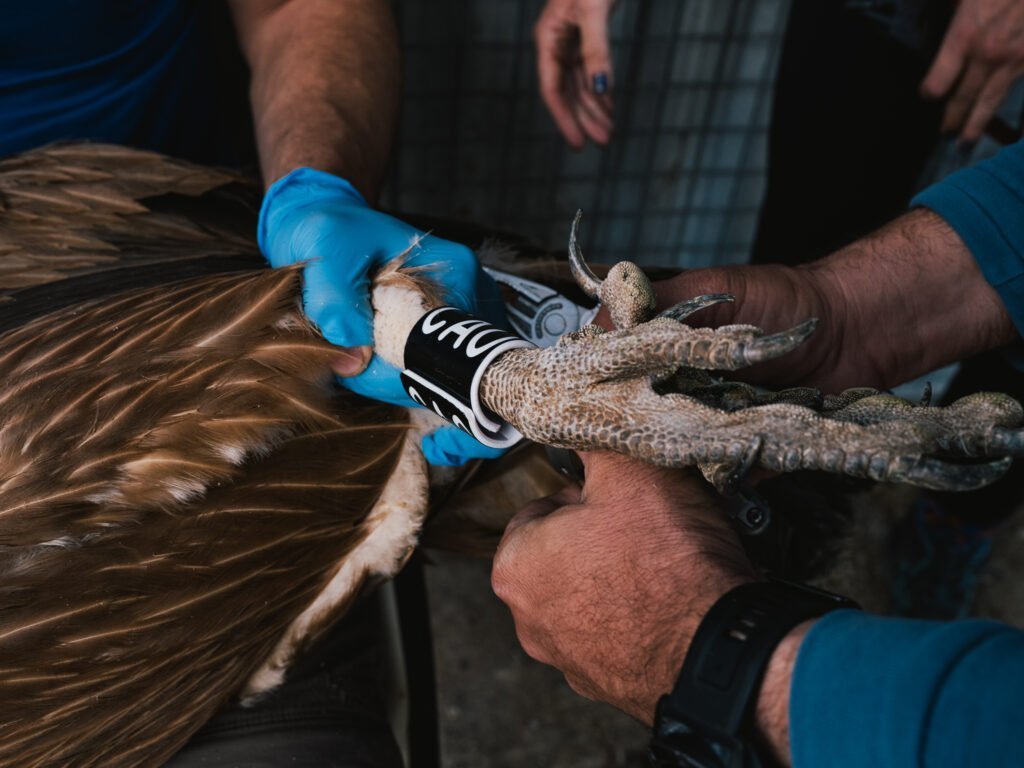
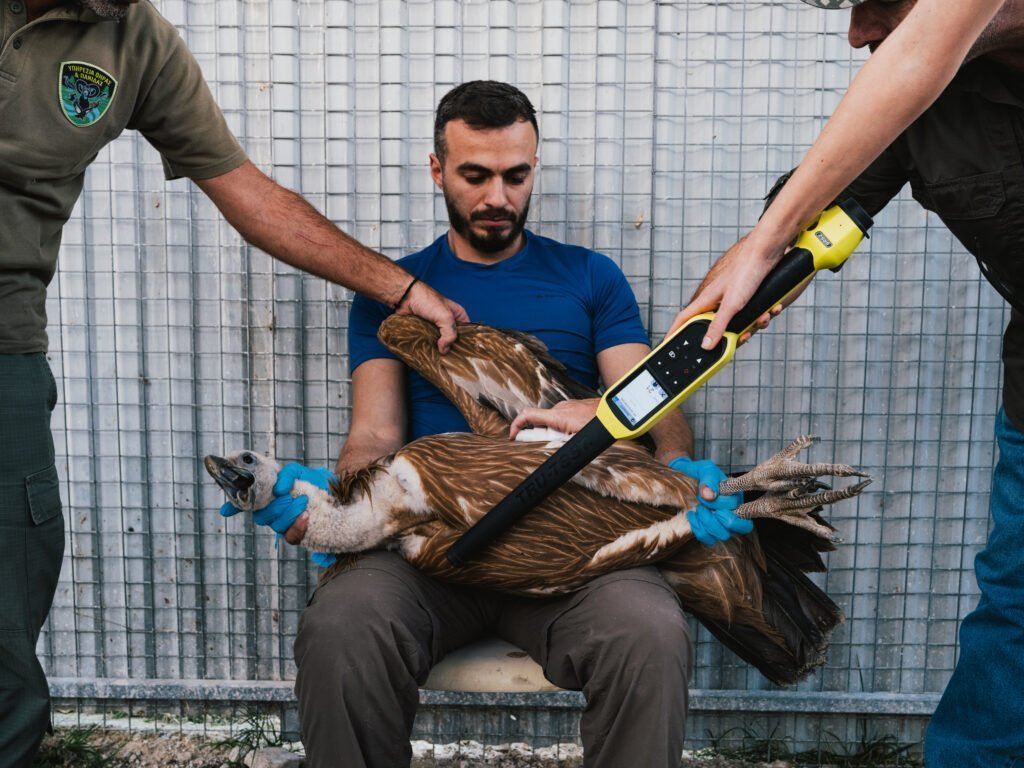
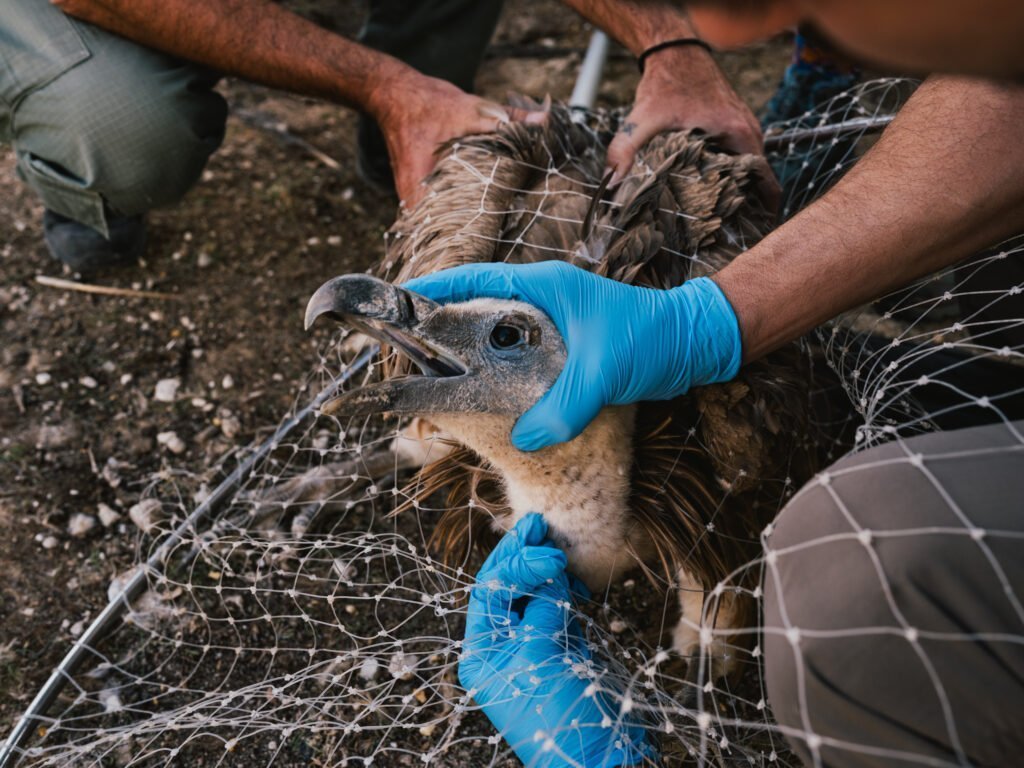
Within the “Living with Vultures” program, actions are already underway to address the causes of mortality in the population. To tackle mortality due to power lines, the project team is in communication with the Electricity Authority of Cyprus (EAC) asking from the latter tomarkhigh-risk aerial lines and insulating pylons to reduce the risk of electrocution.
Regarding the threat of poisoning, actions are already being implemented, such as the teams of two poison detection dogs that are tirelessly patrolling the Cypriot countryside. These teams play a crucial role in detecting and preventing poisoning incidents in the wild, contributing not only to the conservation of the Griffon Vulture but also to other vulnerable wildlife species susceptible to poisoning, as well as protecting companion animals such as dogs and cats.
Also, thanks to the collaboration of all relevant services and authorities, last December, for the first time in Cyprus, a specific individual was linked to the illegal placement of poisoned bait, and was fined 21,000 euros by the Game and Fauna Service and the Police for the offense of killing wild threatened birds using poison and the offense of intentional killing and/or capture of a protected wild bird.
The “Life with Vultures” program team thanks everyone who contributed to the introduction of the vultures:
- The government of Spain and the Local Administration of Extremadura for providing the vultures.
- The AMUS Wildlife Hospital for the care and temporary hosting of the vultures before their departure.
- Hermes Airports for providing access to airport facilities upon the arrival of the vultures.
- Lufthansa for transporting the vultures.
- The EU and the LIFE program and the Tasos Leventis Conservation Foundation, which co-fund this effort.
- All involved stakeholders supporting this effort.

